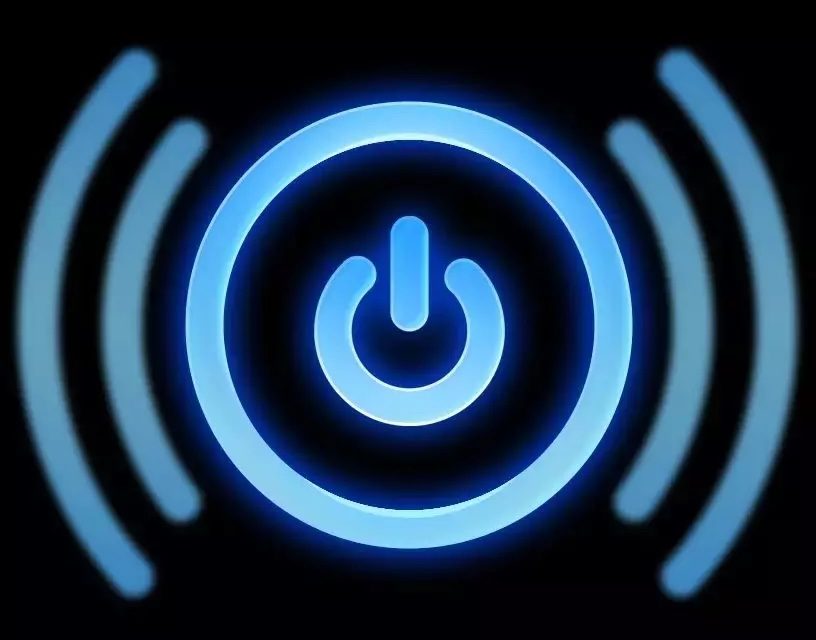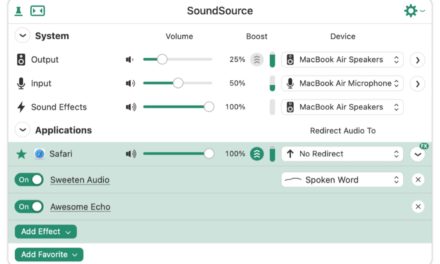A new Apple patent filing (number US 20240106278 A1) shows that the tech giant is investigating over-the-air charging. The patent is dubbed “Charging Systems for Portable Electronic Devices Within Enclosed Environments.”
Some background on over-the-air charging
In January 2021 China-basedXiaomi announced its Mi Air Share Technology. Mi Air Charge Technology allows users to remotely charge electronic devices without any cables or wireless charging stands. Xiaomi immodestly said that it allows us to “enter a true wireless charging era.”
Xiaomi said the core technology of Mi Air’s remote charging lies in space positioning and energy transmission. The company’s self-developed isolated charging pile has five phase interference antennas built-in; purportedly, they can accurately detect the location of for example, a smartphone.
A phase control array composed of 144 antennas transmits millimeter-wide waves directly to the phone through “beamforming”. That technique focuses a wireless signal towards a specific receiving device, rather than having the signal spread in all directions from a broadcast antenna.
On the smartphone side, Xiaomi has also developed a miniaturized antenna array with built-in “beacon antenna” and “receiving antenna array.” The beacon antennae broadcast position information with low power consumption. The receiving antenna array composed of 14 antennas converts the millimeter wave signal emitted by the charging pile into electric energy through the rectifier circuit.
Over-the-air charging limitations
Currently, Mi Air is a bit limited. Its remote charging technology is capable of 5-watt remote charging for a single device within a radius of several meters. Multiple devices can be charged at the same time (each device supports 5 watts) without interference by physical obstacles.
Xiaomi said that in the near future its space isolation charging technology will work with smart watches and other wearable devices. The company touts that soon “our living room devices, including speakers, desk lamps and other small smart home products, will all be built upon a wireless power supply design, completely free of wires, making our living rooms truly wireless.”
Where does Apple fit in?
Apple was rumored to be interested in such tech about seven years ago when it was rumored that the tech giant might acquire, or partner with, Energous, a company that had developed over-the-air charging system with the cool moniker of “WattUp.” Speculation at the time said Apple developing long-range charging allowing multiple devices to charge anywhere within 20 feet.
In 2016, Apple hired two former uBeam engineers with expertise in wireless charging and ultrasonic technology. uBeam is a wireless charging start-up. In the last four-plus years Apple has hired more than a dozen engineers for such an endeavor.
With all this in mind, the efficiency of over-the-air charging must be improved. It delivers around 50% of the power it sends to the devices receiving it, which means a lot of power is being wasted. Still, as over-the-air charging gets more efficient at powering devices, it could become an everyday part of life — just as normal as using Wi-Fi.
About the patent filing
Okay, back to the newly filed Apple patent. It relates generally to charging electronic devices, including, for example, charging systems for charging portable electronic device within an enclosed environment.
In the patent Apple says that portable electronic devices can be powered based on a power source that can be recharged to sustain operations of the portable electronic devices. Portable electronic devices are often deployed in enclosed spaces, such as vehicles and conference rooms, to perform functions for the population of occupants in the enclosed space.
Summary of the patent filing
Here’s Apple’s abstract of the patent filing: “Implementations of the subject technology described herein provide for spatial modeling of enclosed environments for guiding charging beams wirelessly to portable electronic devices within the enclosed environment.
“For example, a mapping sensor, such as an ultra-wideband (UWB) sensor may be used to generate a spatial model of the enclosed space and/or to determine the location of one or more occupants within the enclosed space. The charging beams can be guided based on the spatial model to avoid objects and/or occupants within the enclosed space that would otherwise block the wireless charging beam.”
Article provided with permission from AppleWorld.Today



